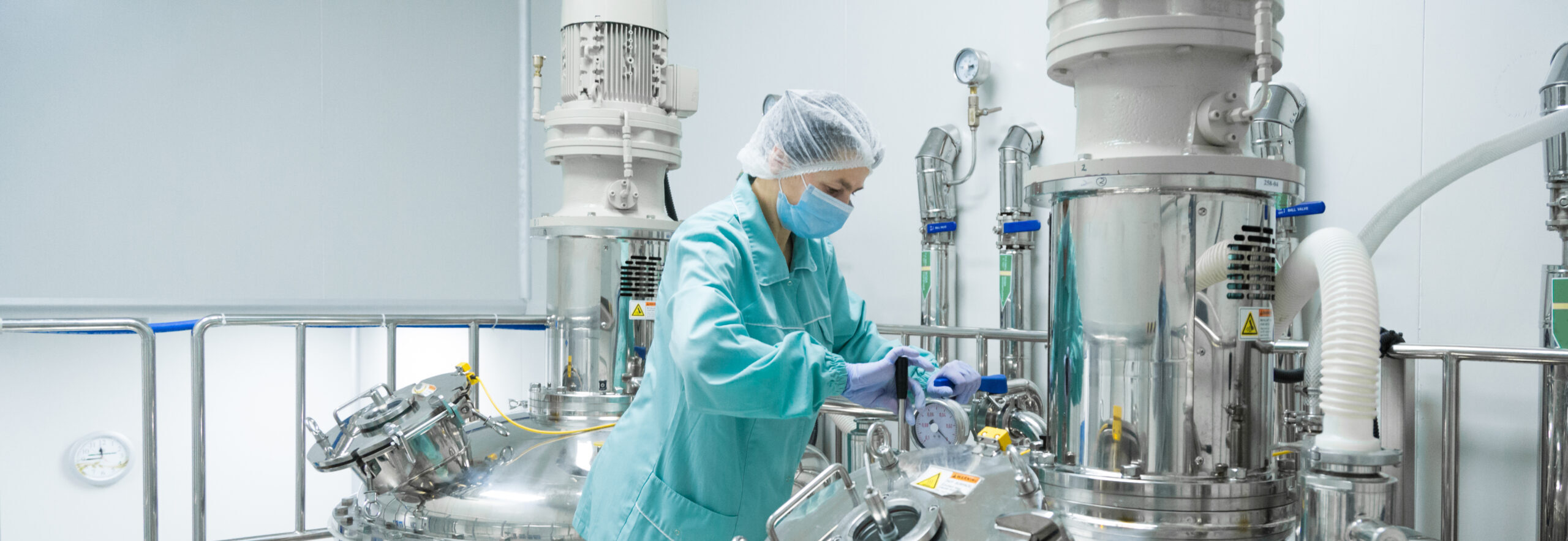Adapting a Pharmaceutical Process to Changing Regulatory Requirements
Based on evolving capacity needs and regulatory requirements, a multi-product batch plant needed to improve the recovery and purification of fermentation products destined for pharmaceutical use. Their INOSIM model was originally set up for a project designed to investigate the investment worthiness of adding a third line for one part of the downstream process. When the need to evaluate the impact of new regulatory changes in cleaning requirements arose a few years later, the existing INOSIM model was reused to quickly adapt to these new requirements (as opposed to the considerable time needed to create a brand-new model).

Challenges
- Adapt INOSIM model to regulatory changes
- Maintain the current number of batches while accounting for longer cleaning times
- Ensure the robustness of the adjusted process/utility design
The regulatory changes asked new questions of the existing model. For instance, what is the optimum production order sequence? And could the number of batches be maintained despite the longer cleaning procedures? The team also needed to execute optimal sizing of the additional utility systems for purified water, water for injection (WFI), and cleaning agents they now needed to implement. A redesign for the CIP allocation matrix was also needed to determine the number of skids needed to achieve optimal efficiency. Finally, the team needed to determine the effect of inline buffer preparation on peak flow rates, all while ensuring the robustness of the adjusted process design.
Solutions
- Helped optimize CIP allocation matrix for new process design
- Adapted production wheel to account for new cleaning processes
- Informed sizing of additional utility systems for purified water, WFI, and cleaning agents
Working with a team of engineers, INOSIM consultants helped inform the new design by testing alternative processing parameters, cleaning procedures, and cleaning frequencies via simulation and analysis. This included the optimization of the CIP allocation matrix to reduce both waiting times for CIP units and the actual number of CIP skids needed—without significant loss to monthly batch production output. These simulations also ensured that the updated process design reassured the robustness of the new plant design and cleaning strategy, meaning the customer’s process and production goals could reliably be met by the utility system with minimal delays (process variances notwithstanding). Finally, INOSIM simulations helped the engineers adapt the production wheel to account for more intense cleaning in some parts of the process, as well as peak usage and the sizing of cleaning agent storage tanks.
Results
- Reduced number of CIP skids from 12 to 10
- Saved millions on investment costs
- Significantly reduced waiting times and delays resulting from suboptimal scheduling
The new INOSIM model helped to quickly adapt this multi-product batch plant to regulatory changes and cleaning requirements. As a result of the simulation-based analysis, the team made the decision to invest in 10 new CIP skids, as opposed to 12, with a greater degree of confidence. Overall, the analysis helped the team save millions on investment costs. The model also reassured the team of the robustness of the new plant design and cleaning strategy, while leading to an optimized production order sequence that significantly minimized or, in some cases, eliminated any delays resulting from poor scheduling.
Have any questions or want to know more about this topic? Contact us





